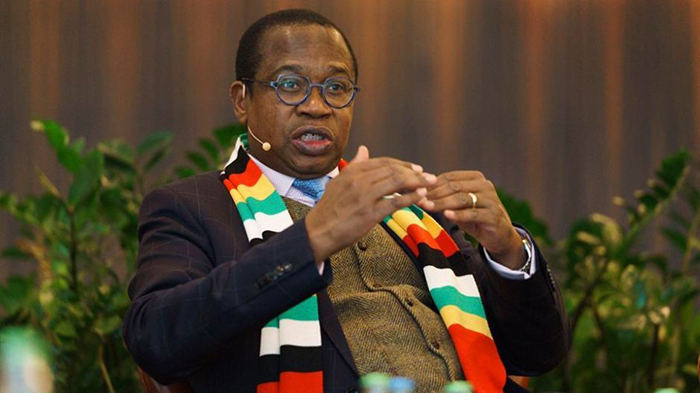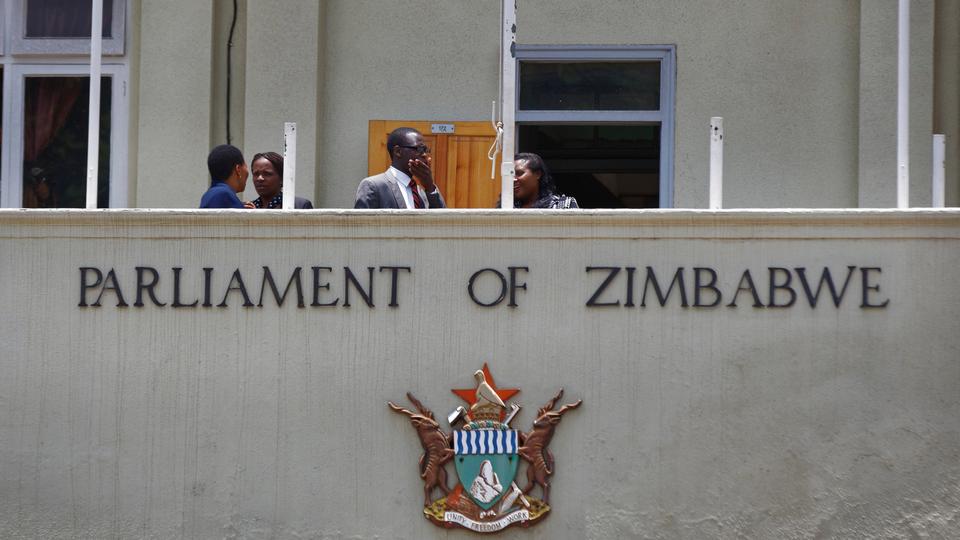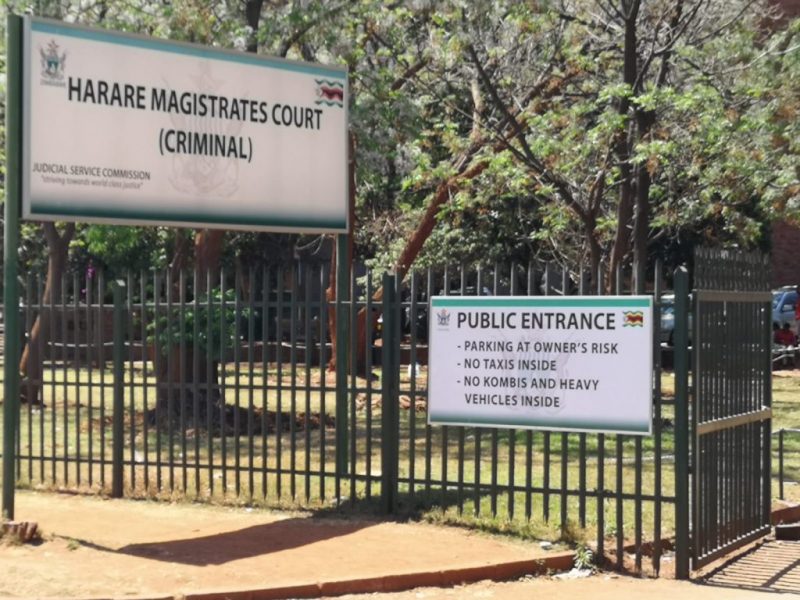BY TATIRA ZWINOIRA
MINING firm, Bindura Nickel Corporation (BNC)’s profit-after-tax declined nearly 44% to US$3,42 million in the half year ended September 30, 2020 owing to a 12% decline in overall revenue.
The decline in profit-after-tax was from a 2019 comparative of US$6,06 million.
“Nickel concentrate sales were 2 566 tonnes.
“During the same period last year, 3 002 tonnes were sold,” BNC board chairman Muchadeyi Ashton Masunda said in a statement attached to the results under review.
“The 15% reduction in sales volume was mainly due to the temporary stoppage in dispatches to the market during the period April to June 2020, a transition which the company had to go through while new marketing arrangements were being put in place following the termination of the Glencore off-take agreement.
“The turnover for the period of US$25 million was 12% lower than the US$28,3 million realised in the comparative period last year.
“This was in sync with the decrease in sales tonnage referred to above. The London Metal Exchange (LME) nickel price averaged US$13 214 per tonne, compared to US$13 927 per tonne achieved in the prior year.”
- Chamisa under fire over US$120K donation
- Mavhunga puts DeMbare into Chibuku quarterfinals
- Pension funds bet on Cabora Bassa oilfields
- Councils defy govt fire tender directive
Keep Reading
He said the 5% decline translated to a turnover for the half-year of US$25 million compared to 2019’s US$28,3 million.
“Cost of sales of US$16,9 million was 2% higher than the comparative figure of US$16,7 million in the prior year,” Masunda said.
According to the report under review, ore mined during the six months to September 30 was 207 747 tonnes versus 215 338 tonnes mined in the comparative period in 2019.
Meanwhile, ore milled was 209 153 tonnes compared to 215 728 tonnes milled in the same period in the prior year. Head grade of 1,62% was slightly higher than the 1,58% achieved in the same period last year.
Masunda said for its year ended March 31, 2020, the company recorded a head grade (the quantity of valuable mineral or metal contained in each tonne of ore delivered to the concentrator) of 1,53%.
“The year-on-year and year-to-date improvement in head grade respectively was the result of the mining mix used during the period, whereby more of the higher grade massive ore than disseminated ore was mined,” he said.
“Recovery was 86,6% compared to 87,1% and 86,3% achieved as at September 30 2019 and March 31 2020 respectively. Nickel production was 2 929 tonnes, which was marginally lower than the 2 943 tonnes produced in the prior year.”
He added that the all-in sustaining cost of producing nickel in concentrate increased from US$6 574 per tonne to US$6 819 per tonne year-on-year.
“The increase in operating costs was due to the increase in the prices of local inputs,” Masunda said.
BNC experienced a net exchange loss of US$1,55 million during the period, from a 2019 gain of US$4,07 million, showing the firm was not immune to the depreciation of the local unit.
However, BNC’s administrative and marketing and distribution expenses were down significantly by 60% and 78%, respectively. Despite the drop in profit-after-tax, BNC total assets rose to US$101,77 million in the period under review from a comparative US$93,96 million in 2019. This was due to gains made in inventories, trade and other receivables. In terms of liquidity, heading into BNC’s second half financial year, the company had a current ratio of 1,38, compared to 1,27 in 2019, showing BNC increased its ability to cover any short-term liabilities should they become due.











